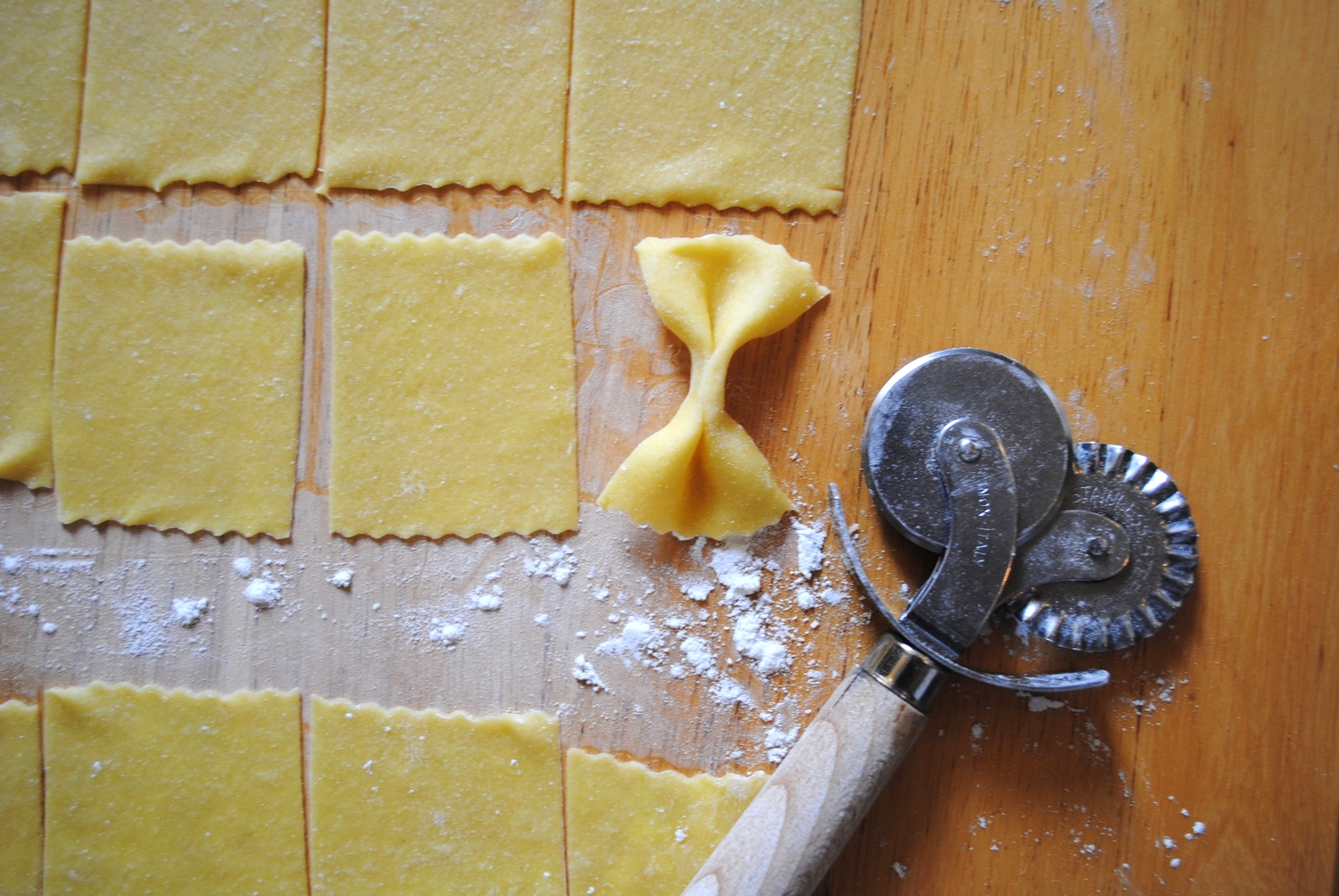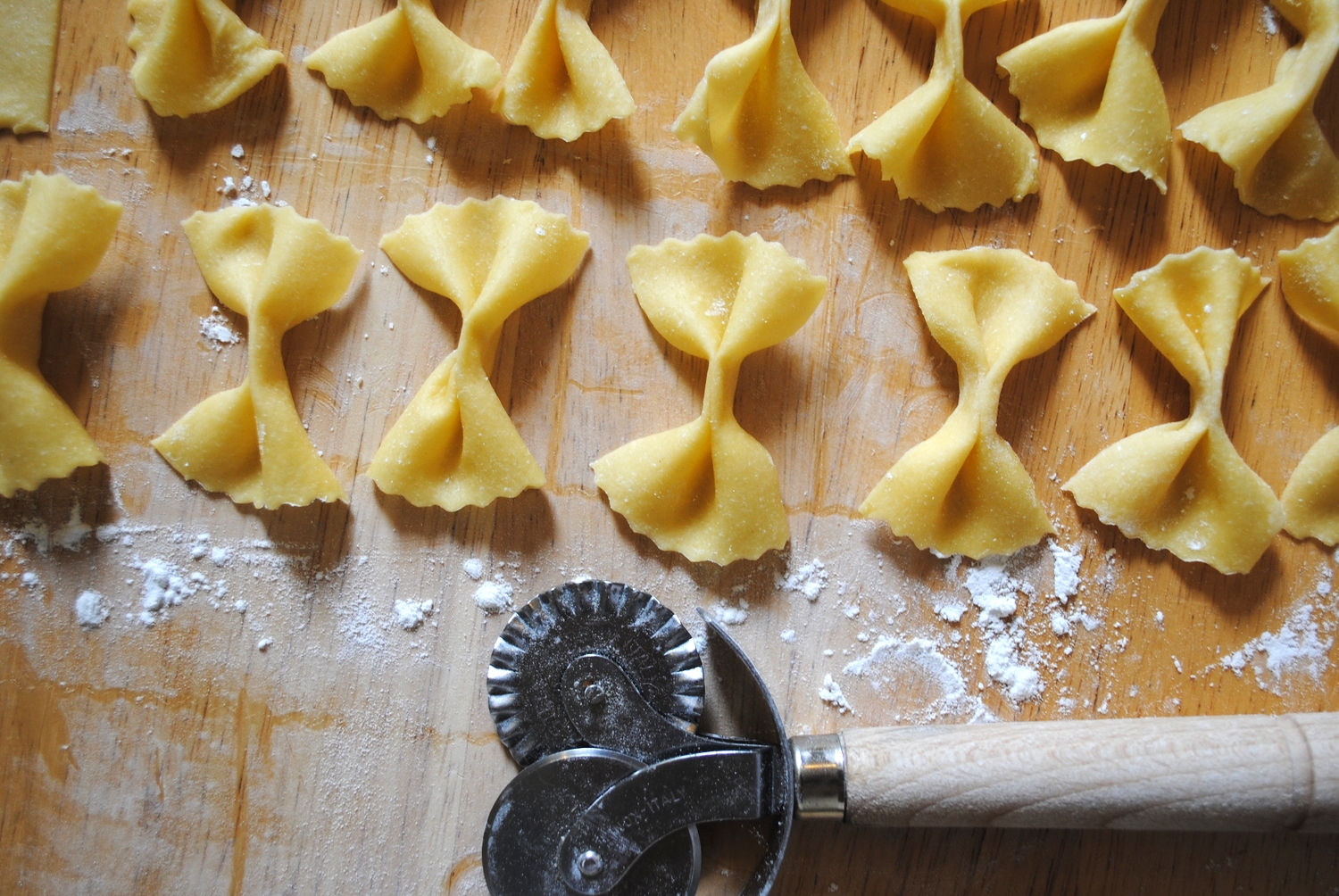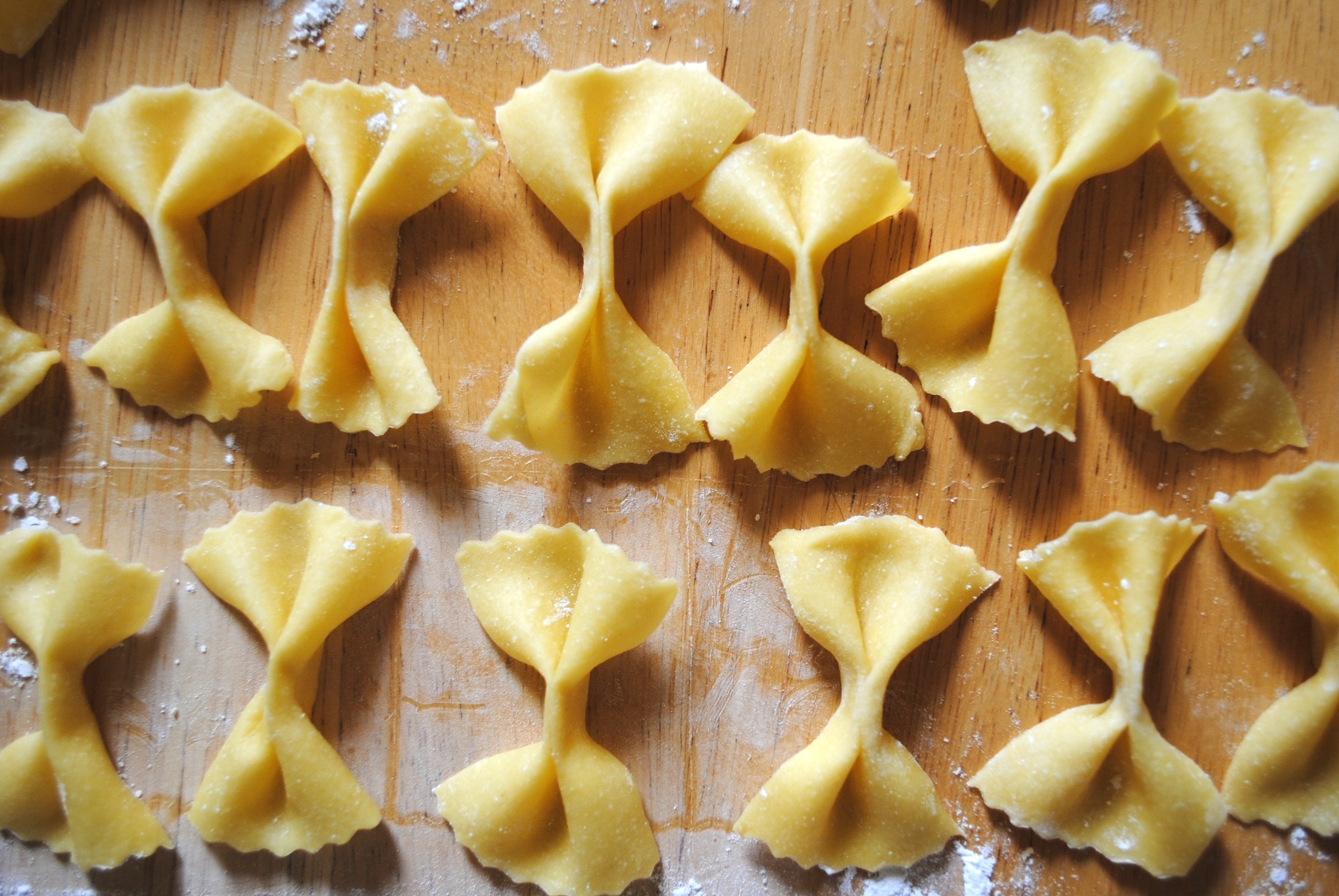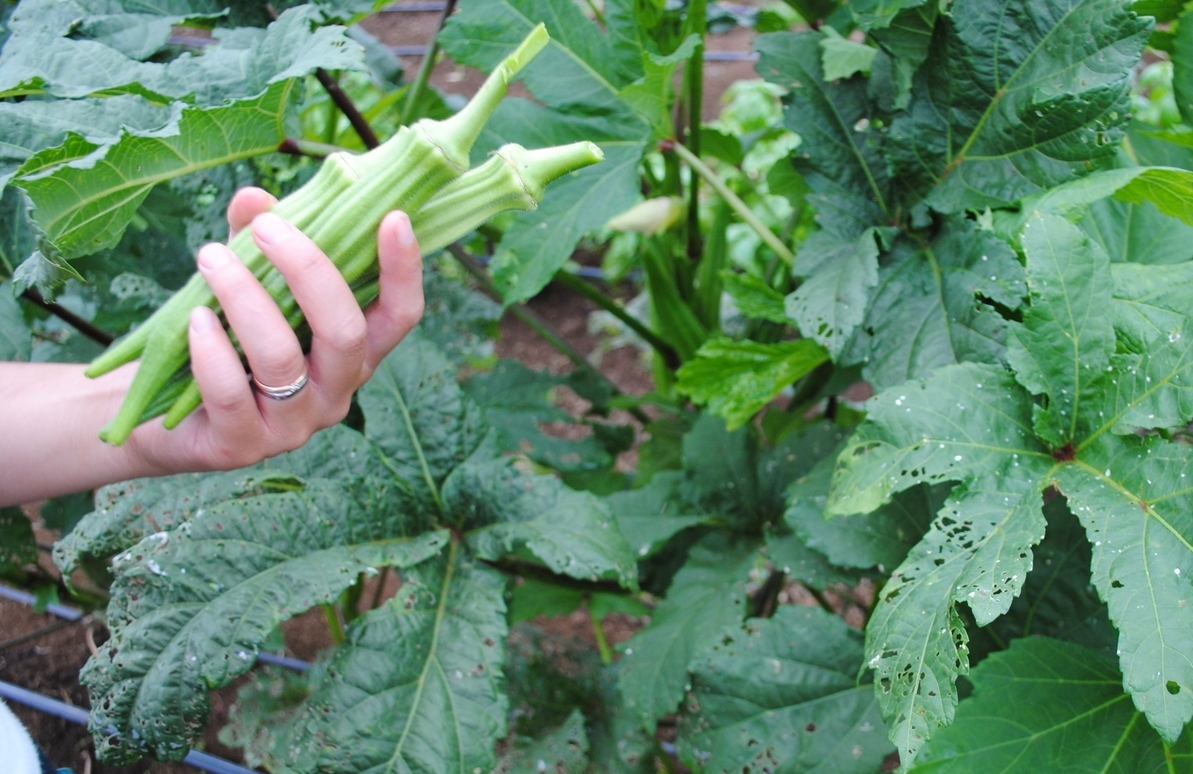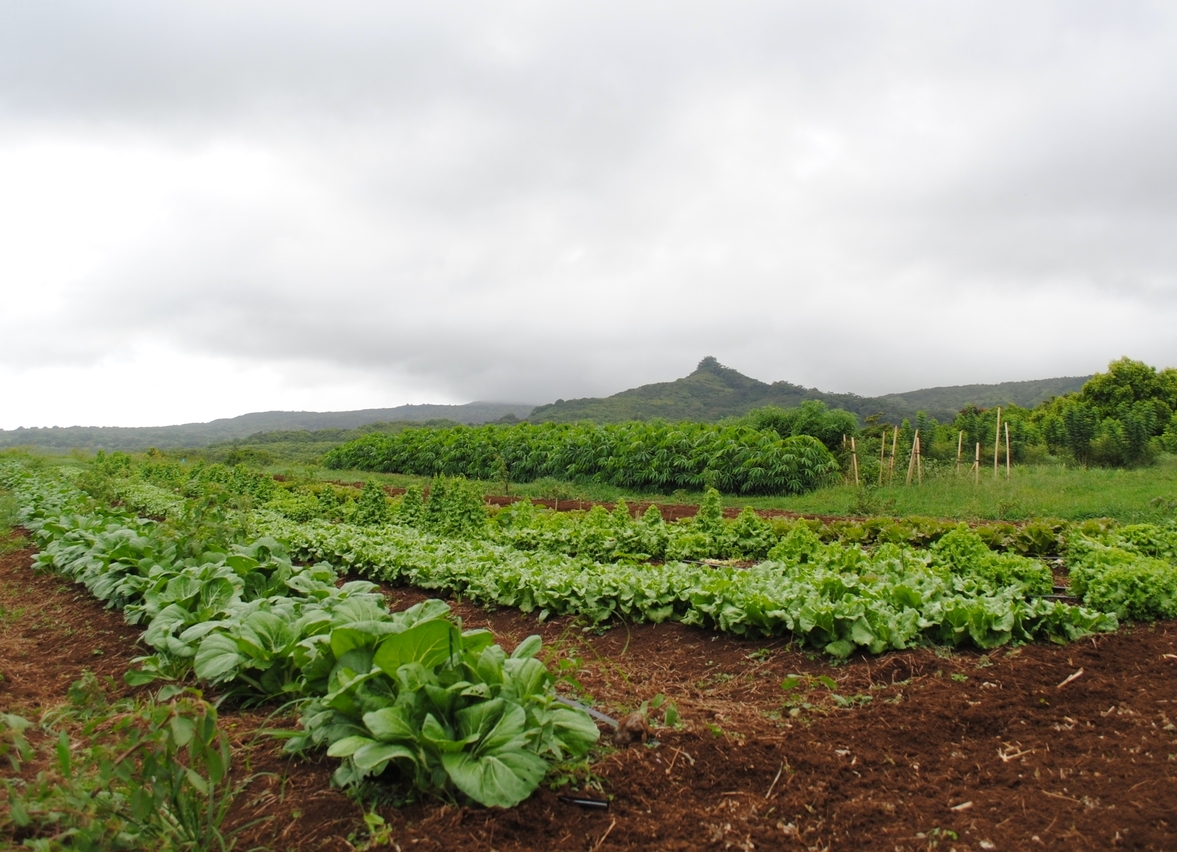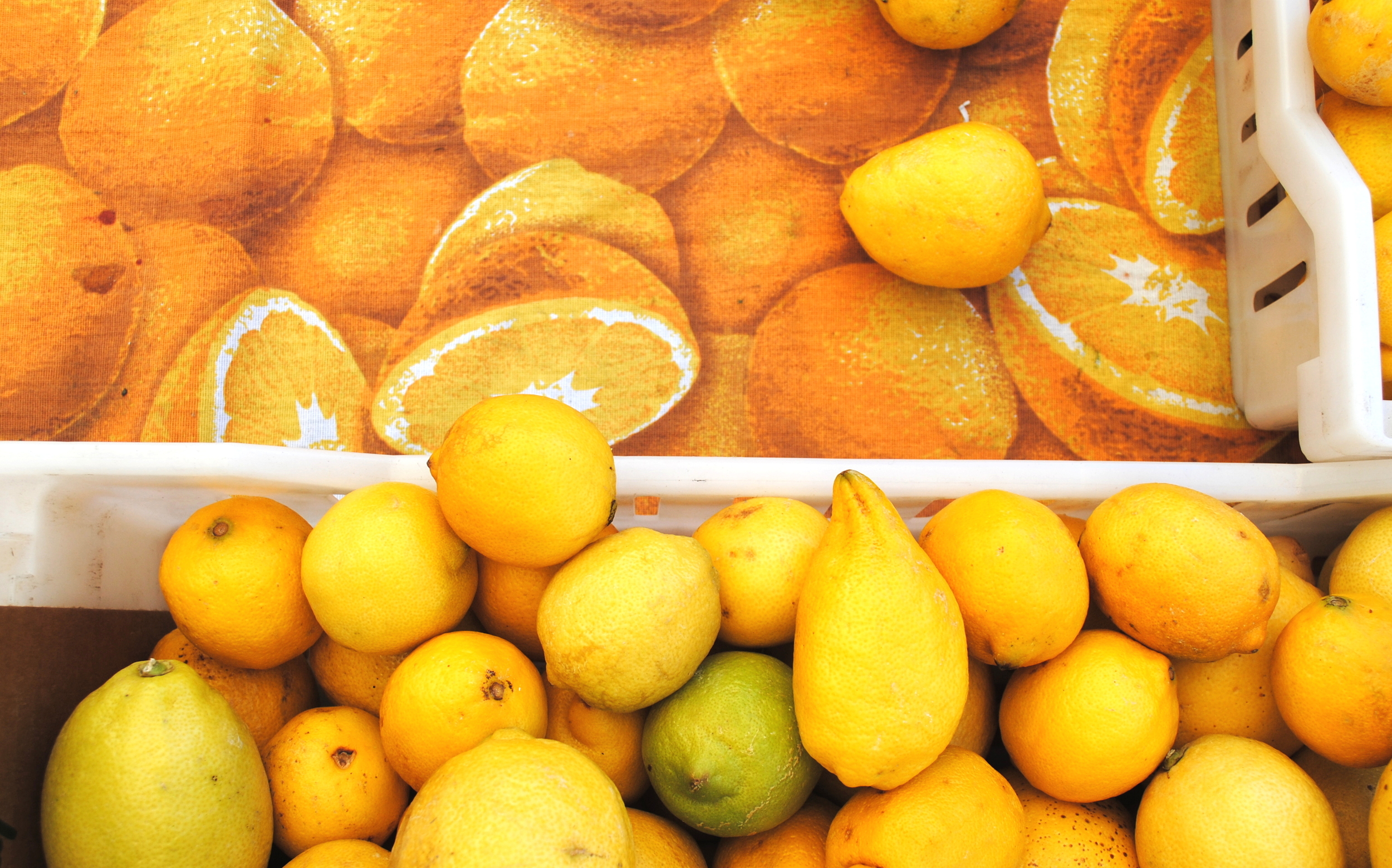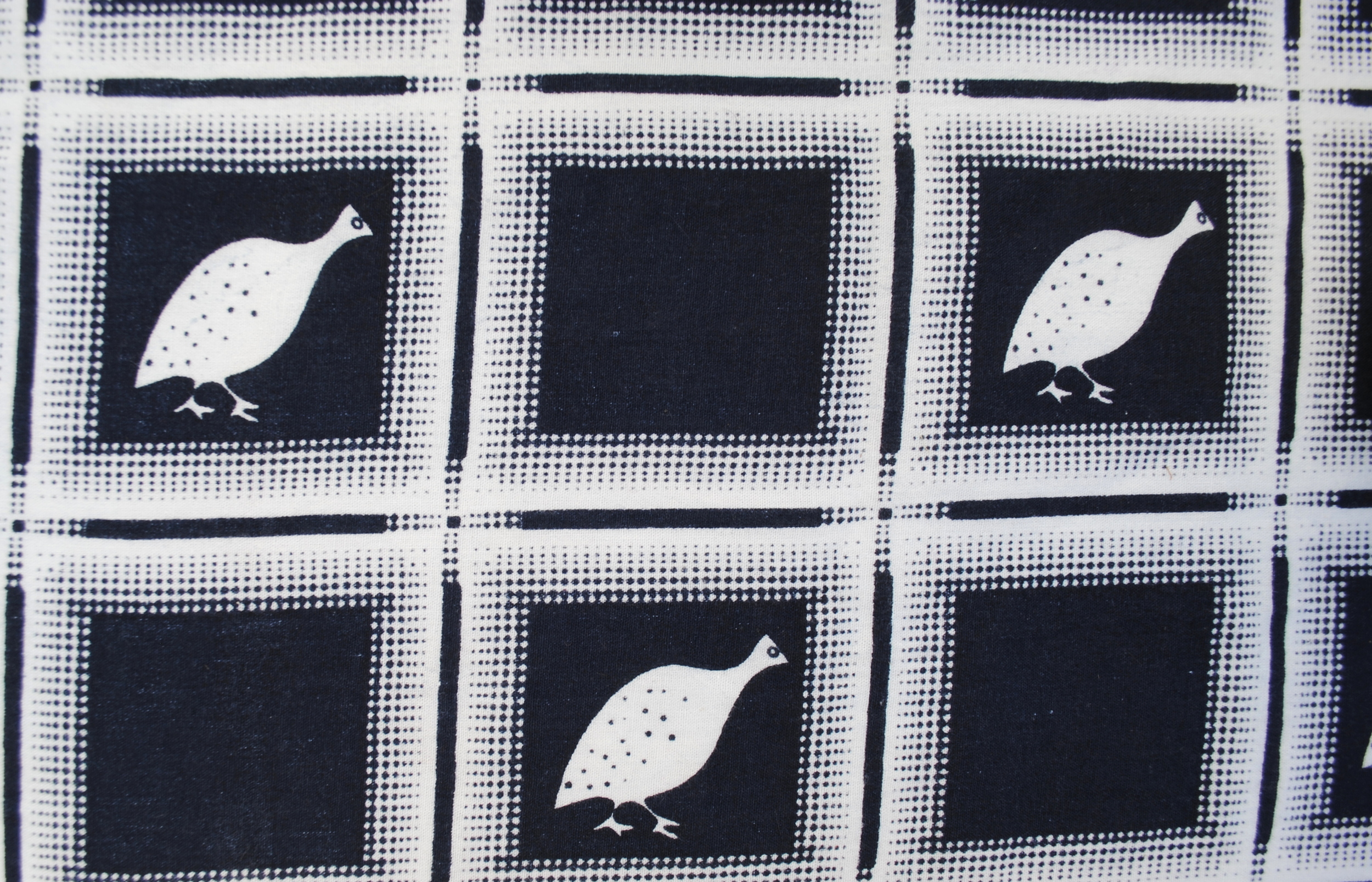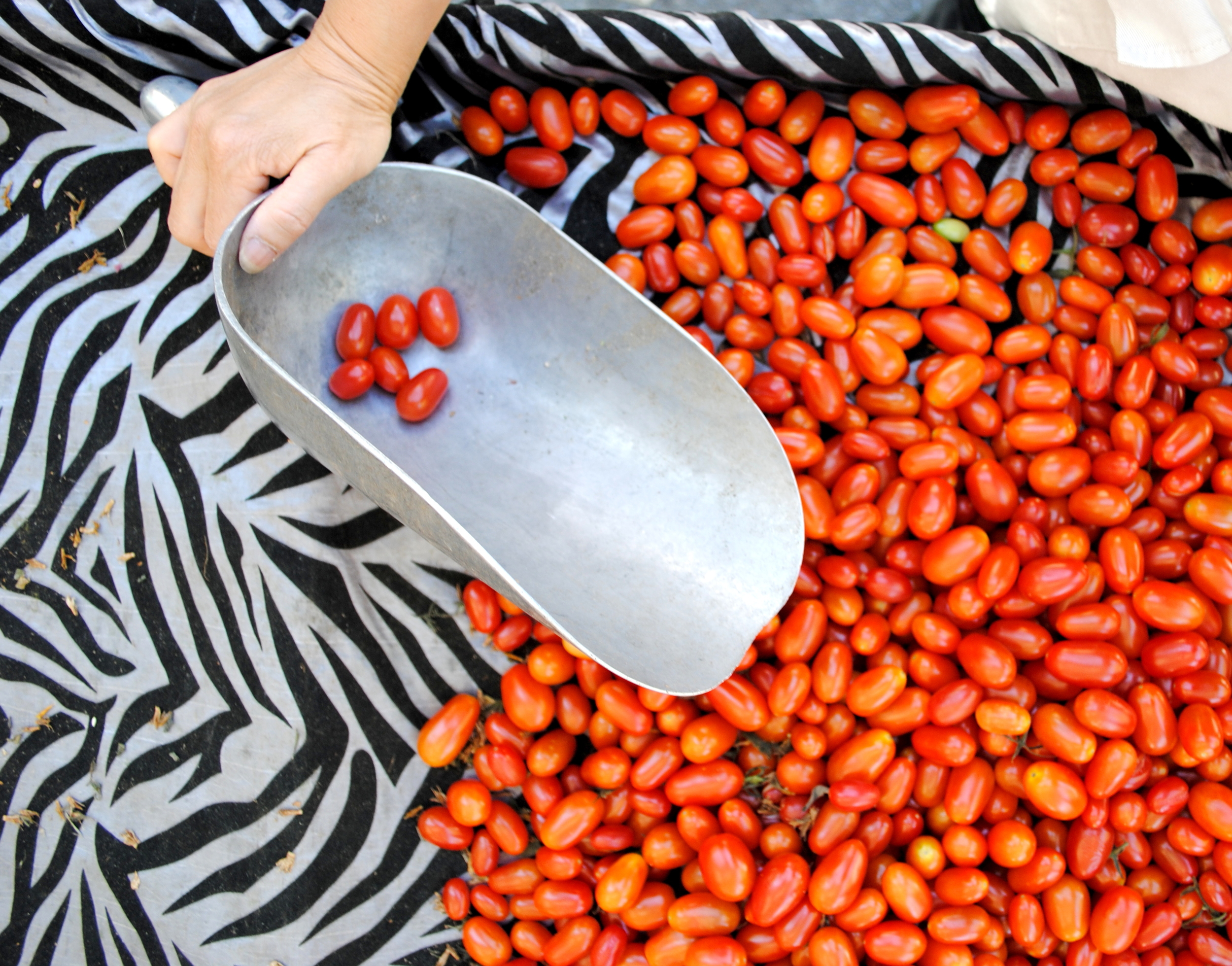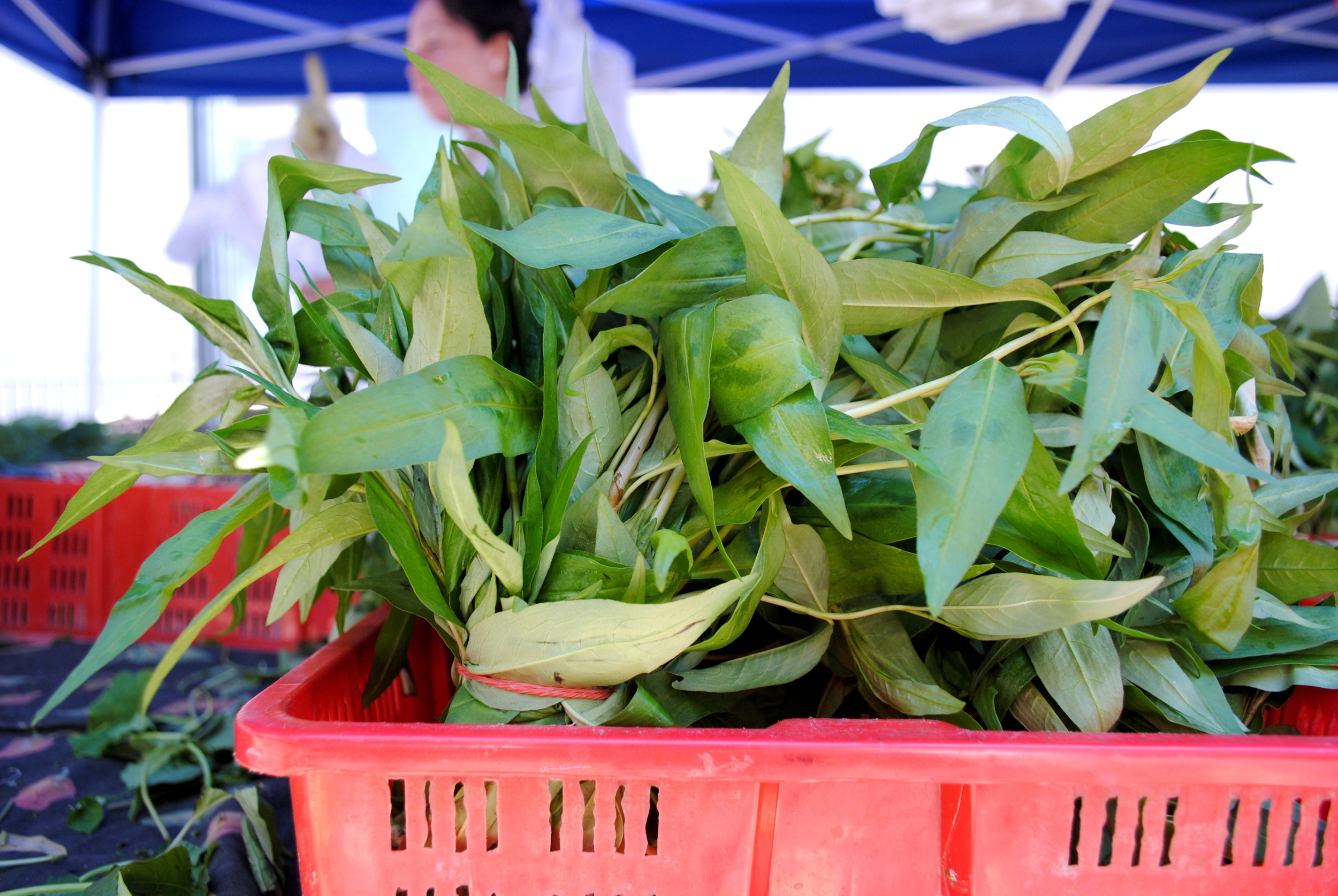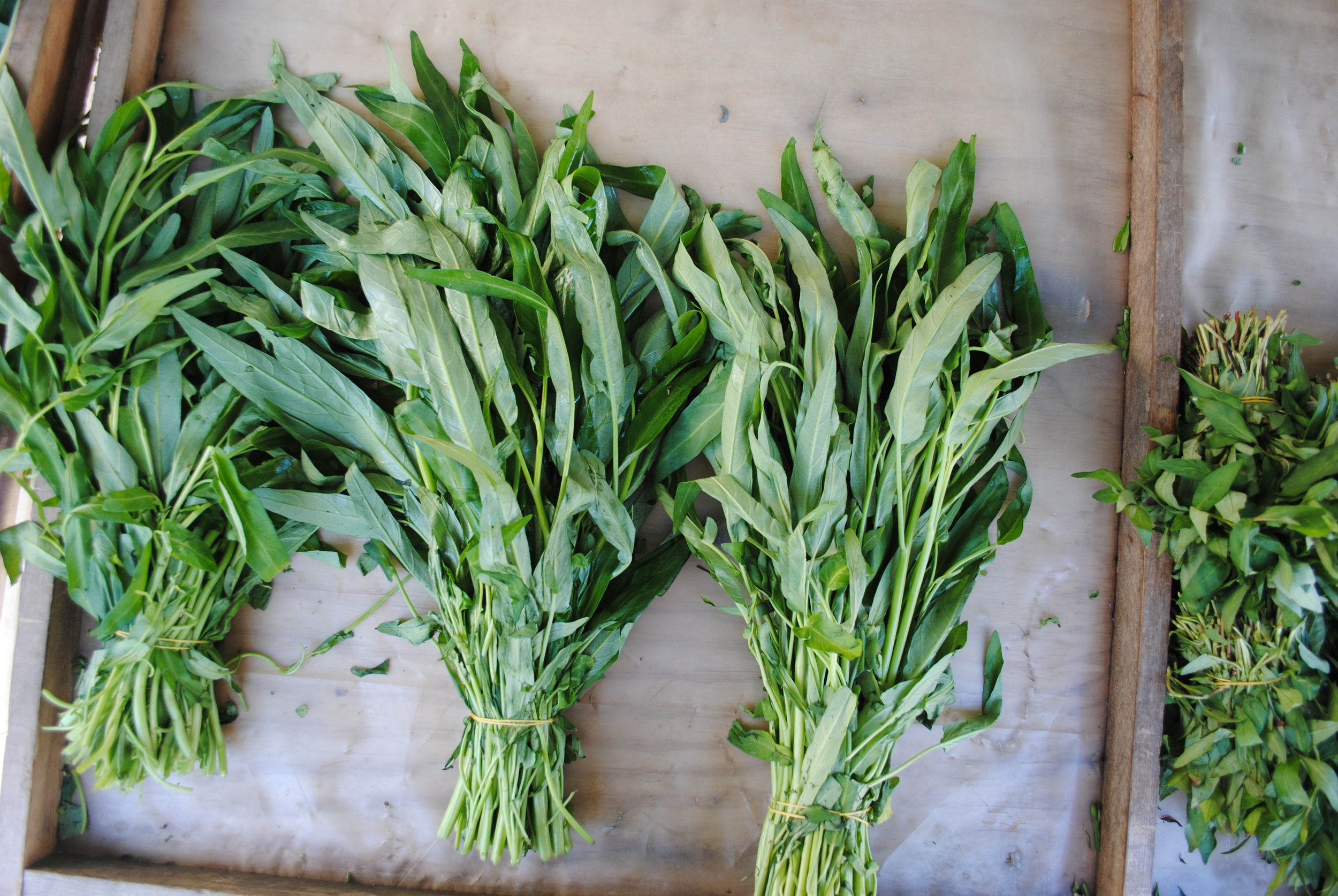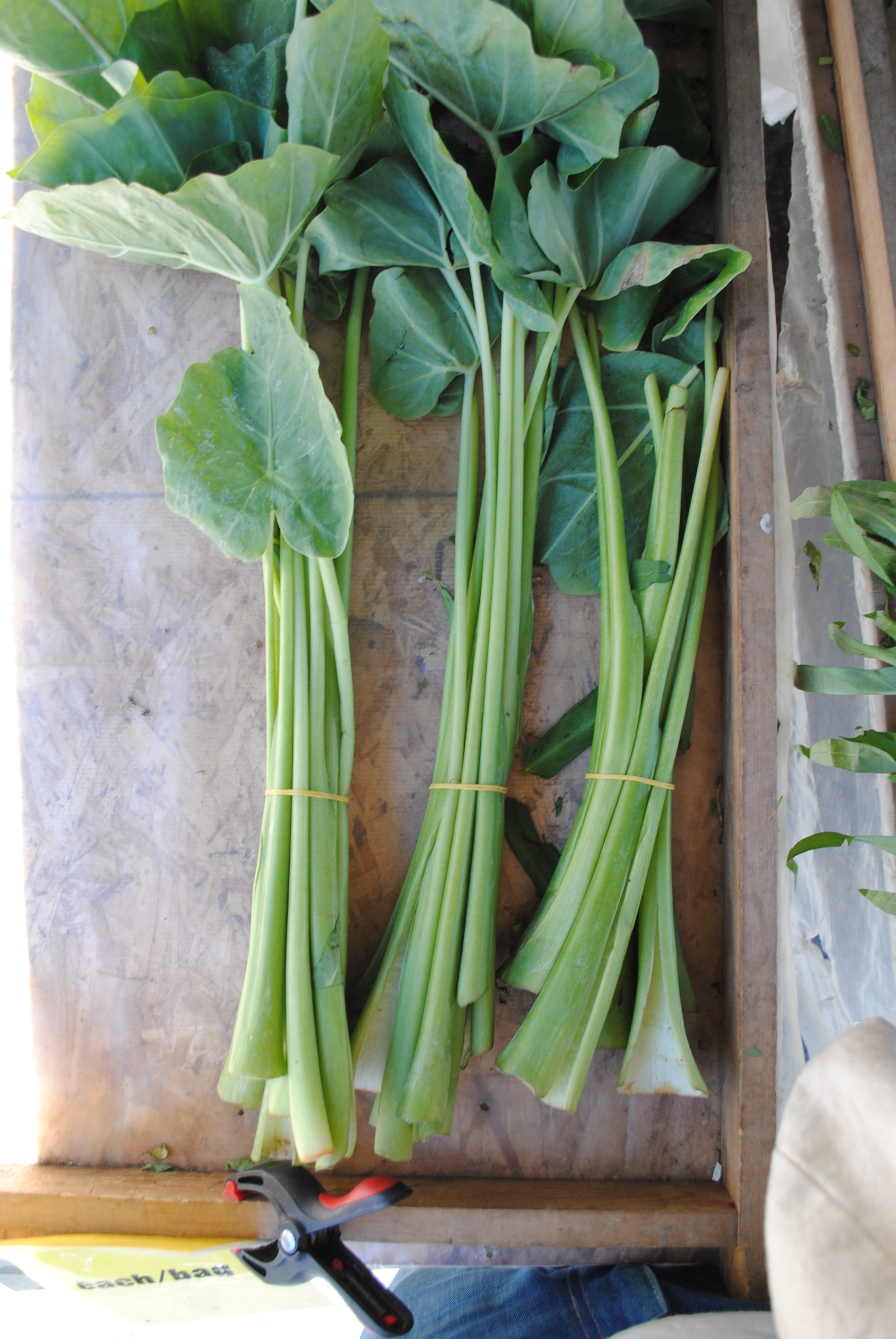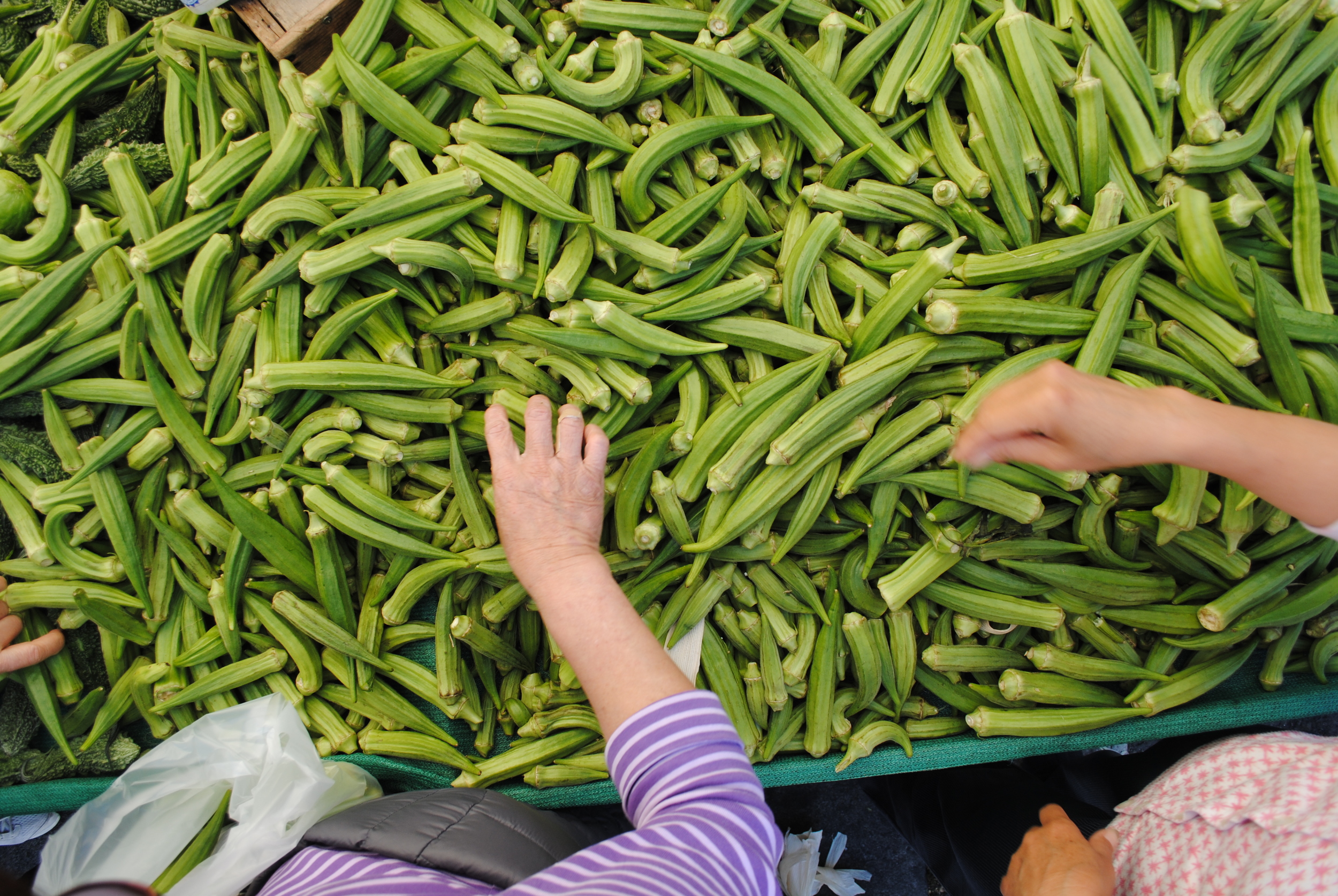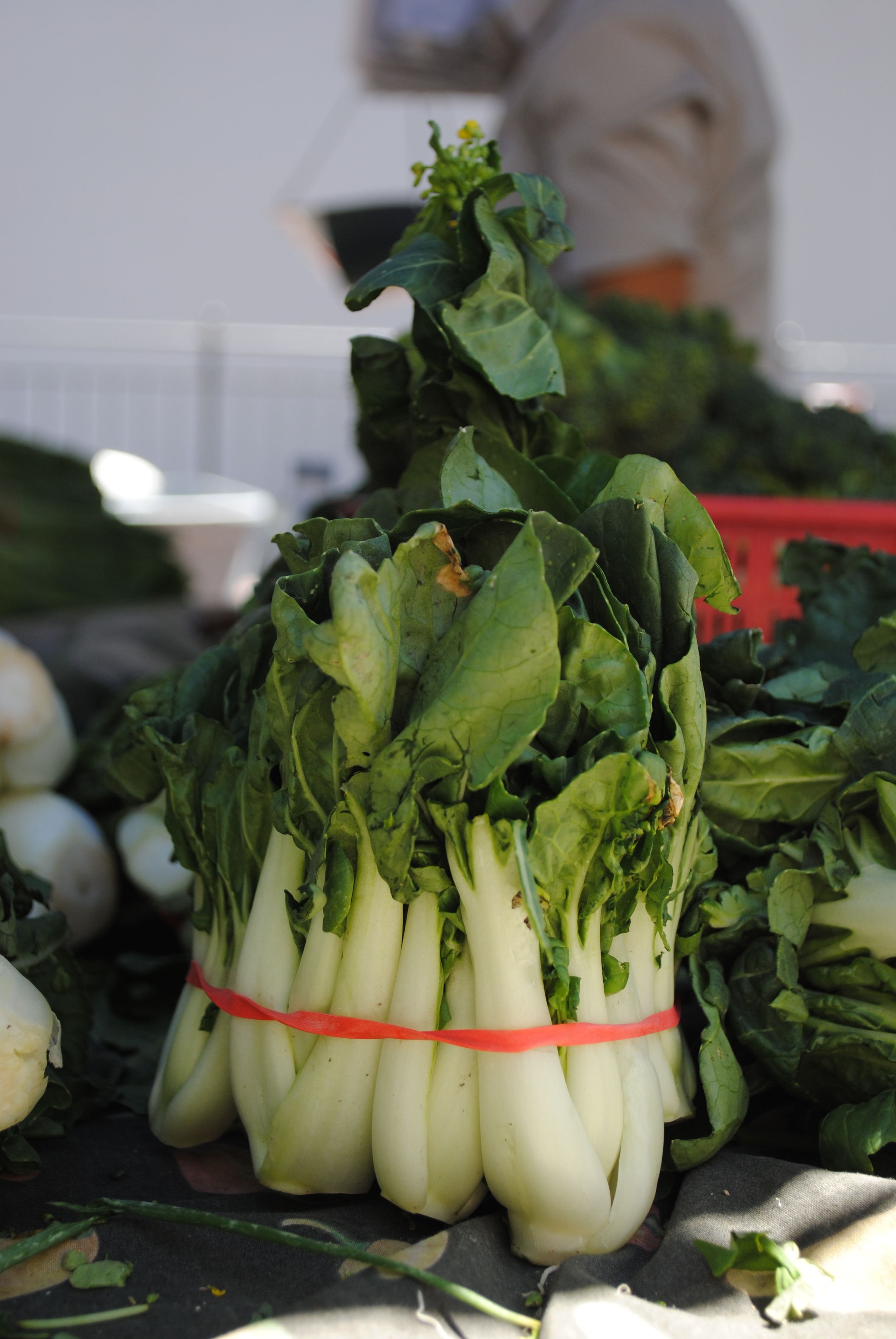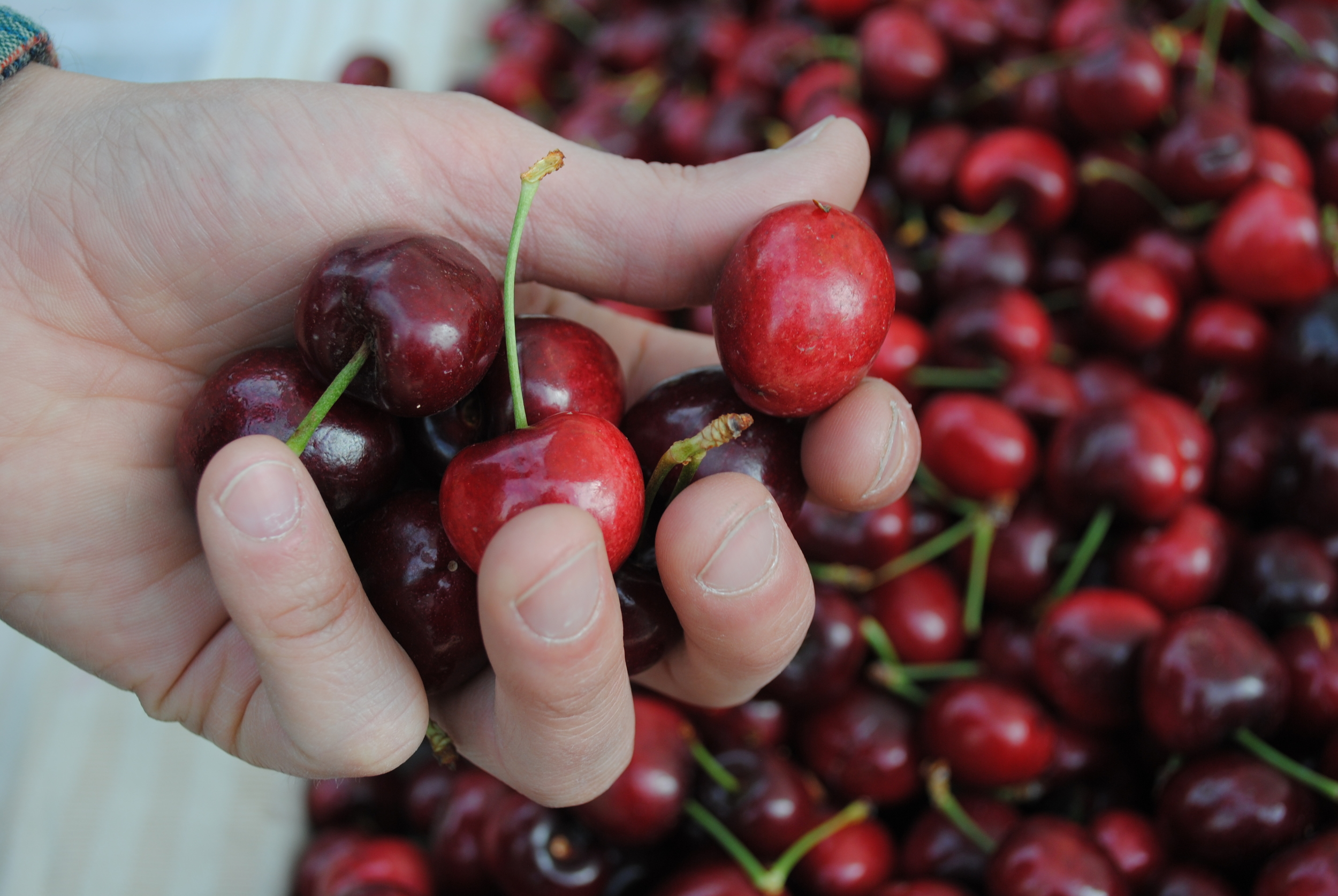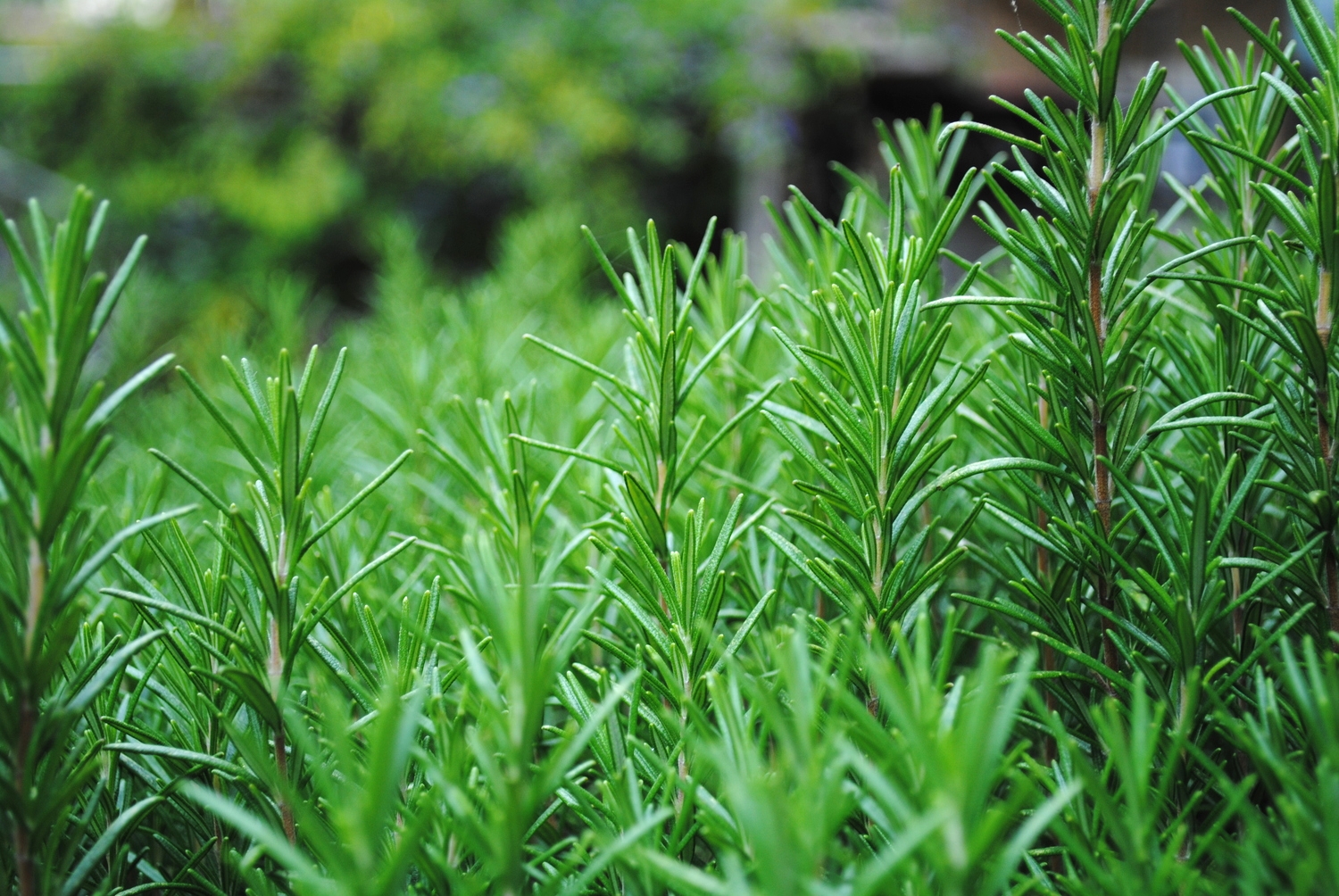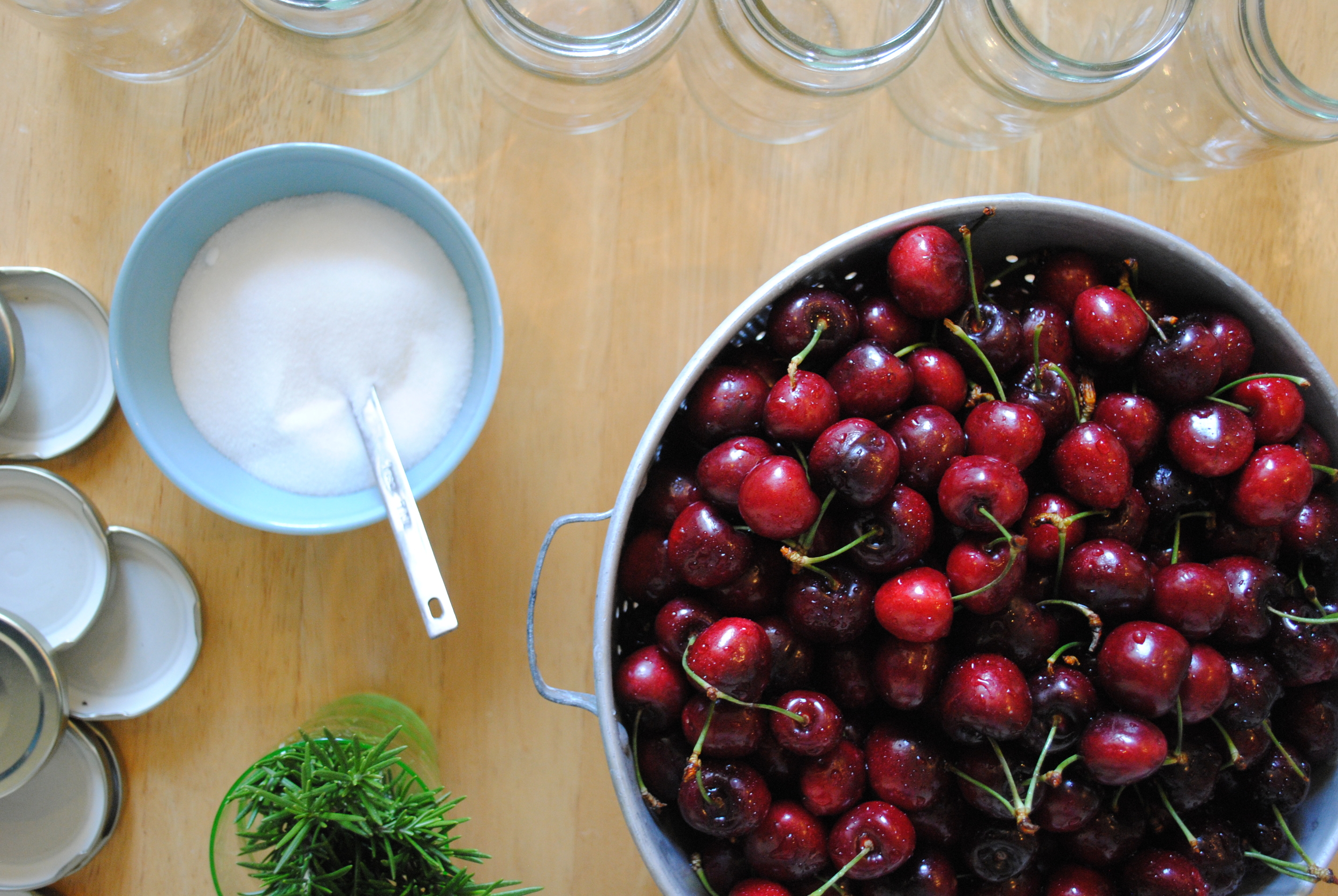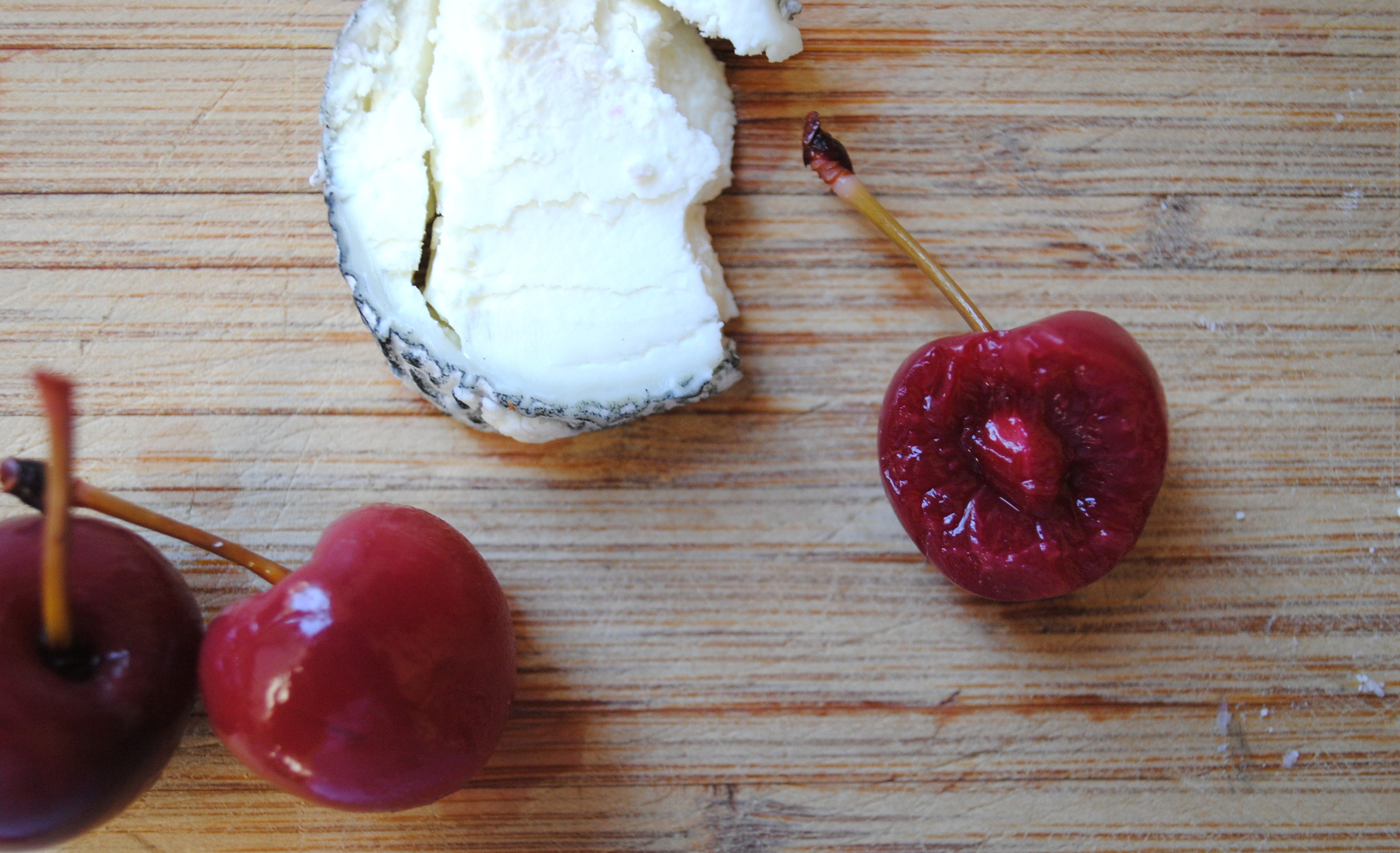This beet gratin begins with familiar ingredients but it makes a complex dish that will satisfy any gourmand. The beet and potato in this recipe offer a earthy, sweet tone that's complimented well with the richness of the cheese, butter, and milk. The gratin's color is also atypical. It's a bright red that leaches into the potato and cream, making a dish that is as striking to look at as delicious as it is to eat.
When I make this dish it's difficult to want to serve it with anything else than greens. Either a lightly dressed mix of greens or blanched kale with lemon, pepper, and olive oil works. Serving this gratin can be done soon after it's done cooking in the oven or after it's cooled a couple hours. The latter will allow you to cut almost perfect squares where you can see the layering work you've done. Just reheat in the oven. You can also serve this gratin cold as well. It's the dense layering of beet that allows it to stand up well chilled. In a hurried moment i've sliced a cold piece of this gratin and taken it on the go, kind of like a power bar. For this recipe you'll need:
- 4 large red beets
- 3 medium russet potatoes
- 3 sprigs of thyme, 2 sprigs of marjoram
- 3 T unsalted butter
- 3 T all purpose flour
- 3 c milk
- 1 T kosher salt
- 3/4 cup grated gruyere
First peel and thinly slice the beets and potatoes. Use a mandolin if you have one and place the slices in a bowl. Once your done slicing grab your medium sized baking dish and set everything aside.
Next melt the butter in a saucepan. Stir in the flour and cook the mixture for just under a minute - known as a roux. Stir in milk, a little at a time, making sure to stir well so that no lumps form. Bring the mixture to the boil, stirring constantly, so that the mixture thickens and becomes saucy. Turn off from heat and set aside.
Grab your beets, potatoes, white sauce, and baking dish and start layering 2-3 layers of beet to 1 layer of potato while ladling your white sauce so that its spread evenly across every 3-4 layers. Do not add your cheese and herbs yet.
Now it's time to bake your gratin. Bake for 20 minutes at 350 degrees. While that's in the oven you can grate the gruyere and set aside. Also pick your herbs and set aside.
Take your gratin out of the oven at this point and turn the oven up to 400 degrees. While the oven is heating up, top off the gratin with the gruyere and herbs. Then bake for another 10-15 or place under broiler for 5-10 minutes until cheese in melted and started to golden. Take it out and enjoy!



















